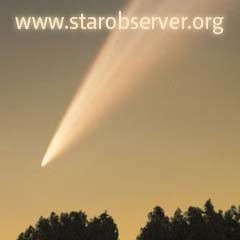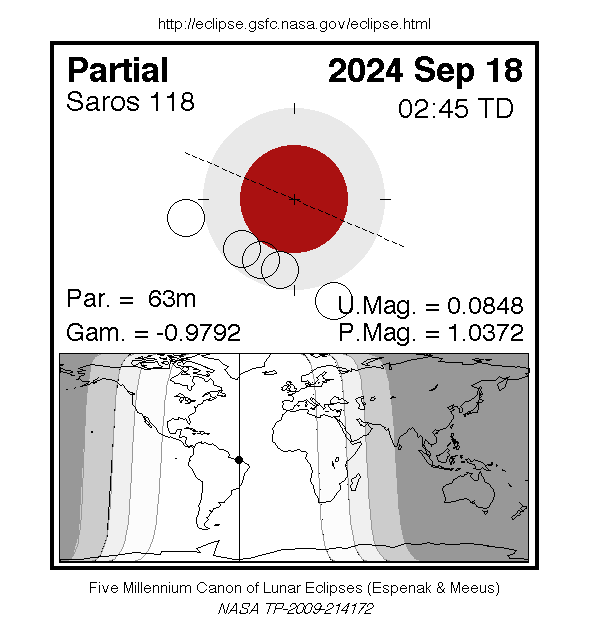on my webpage! I am an experienced spacecraft analyst at the European Space Operations Centre via Telespazio Germany GmbH. Currently, I am the analyst for the X-ray astronomy mission XMM-Newton, but have worked as an analyst for almost all Earth Explorer spacecrafts previously. In the past I have worked as an astrophysicist studing accreting neutron stars and cosmological neutrino sources. For more details please have a look at the “About me” menu.
ESA Space Science News
Research Fellows in space science 2024
07/05/2024
ESA has selected 12 new Fellows to pursue their own independent research in space science in 2024.
Read more
The Sun’s fluffy corona in exquisite detail
02/05/2024
This otherworldly, ever-changing landscape is what the Sun looks like up close.
Read more
Smiles all round: Vega-C to launch ESA solar wind mission
30/04/2024
ESA ensures a ride into space for its Smile mission, with Arianespace signing up to launch the spacecraft on a Vega-C rocket
Read more
Webb captures iconic Horsehead Nebula in unprecedented detail
29/04/2024
The NASA/ESA/CSA James Webb Space Telescope has captured the sharpest infrared images to date of one of the most distinctive objects in our skies, the Horsehead Nebula. These observations show a part of the iconic nebula in a whole new light, capturing its complexity with unprecedented spatial resolution.
Read more
Einstein Probe opens its wide eyes to the X-ray sky
27/04/2024
The first images captured by the innovative mission were presented at the 7th workshop of the Einstein Probe consortium in Beijing. They illustrate the satellite’s full potential and show that its novel optics, which mimic a lobster’s eyes, are ready to monitor the X-ray sky. The space X-ray telescope zoomed in on a few well-known celestial objects to give us a hint of what the mission is capable of.
Read more
Dead star lights up nearby galaxy
24/04/2024
While ESA's Integral was observing the sky, it suddenly spotted a burst of gamma-rays coming from the nearby galaxy M82. Only a few hours later, ESA’s XMM-Newton searched for an afterglow from the explosion but found none. Astronomers realised that the burst must have been an extra-galactic flare from a magnetar, a young neutron star with an exceptionally strong magnetic field.
Read more
Signs of spiders from Mars
24/04/2024
No sign of Ziggy Stardust – but ESA’s Mars Express has snapped the telltale traces of ‘spiders’ scattered across the southern polar region of Mars.
Read more
Rare sighting of ‘doomed’ SOHO comet during solar eclipse
19/04/2024
Photo of total solar eclipse
Read more
Total solar eclipse 8 April 2024
10/04/2024
This image shows the total solar eclipse of 8 April 2024, as seen from the Dunas de Bilbao, Mexico at 12:20 CST.
Read more
Proba-2 sees the Moon eclipse the Sun
09/04/2024
ESA’s Proba-2 captured two partial solar eclipses on 8 April 2024.
Read more
Solar eclipses – and how to make them
08/04/2024
During a solar eclipse the Earth is plunged into darkness and the Sun’s ghostly atmosphere becomes visible.
Read more
Euclid mission team honoured with Space Foundation Award
08/04/2024
The Euclid mission team was awarded this year’s Space Achievement Award by the Space Foundation, a non-profit organisation founded in 1983 to foster collaboration across the global space community.
Read more
SOHO reaches 5000 comets
27/03/2024
A citizen scientist digging through data from the ESA/NASA Solar and Heliospheric Observatory has found the mission’s 5000th comet.
Read more
Galactic Chloé - the Gaia mission
19/12/2023
For Gaia’s 10-year anniversary, ESA champion Galactic Chloé and the ESA Gaia team are very happy to collaborate to tell the space mission's story.
Read more
Space Team Europe for Euclid: Laurent Brouard
30/11/2023
Focus on Euclid with Laurent Brouard: “I’m going to show you what a telescope that we send into space looks like.
Read more





